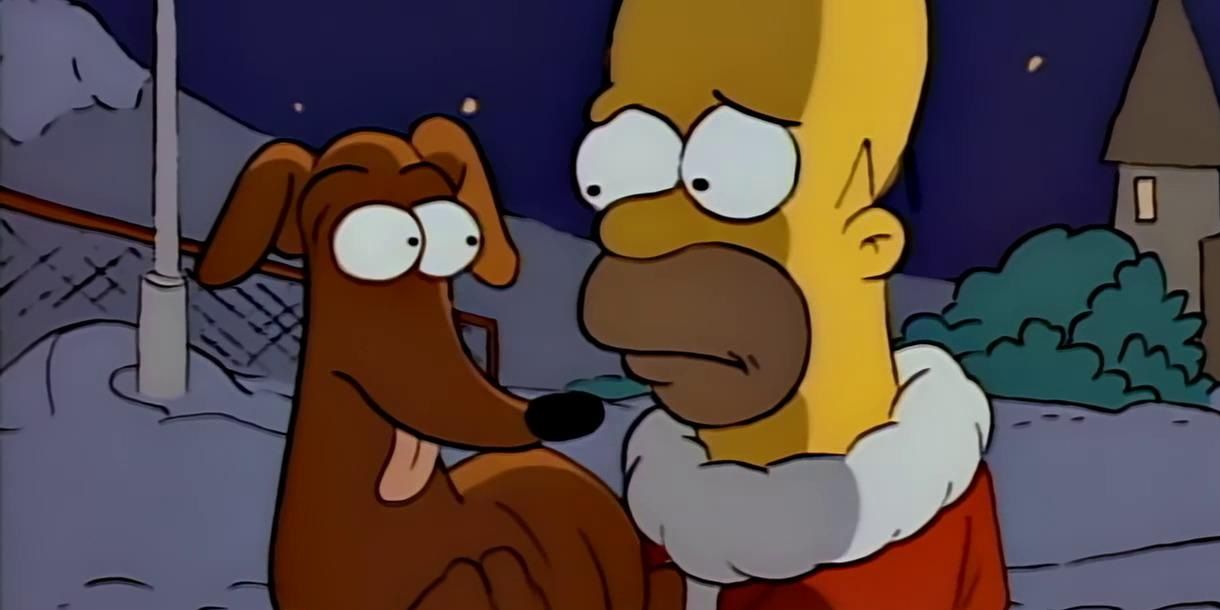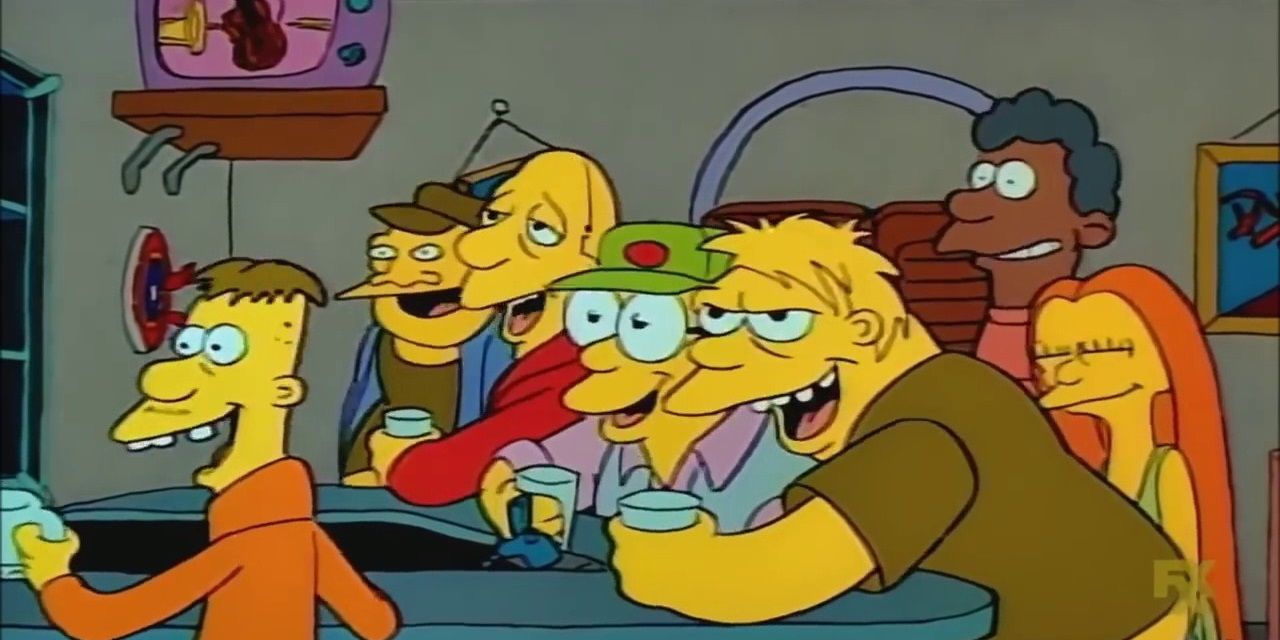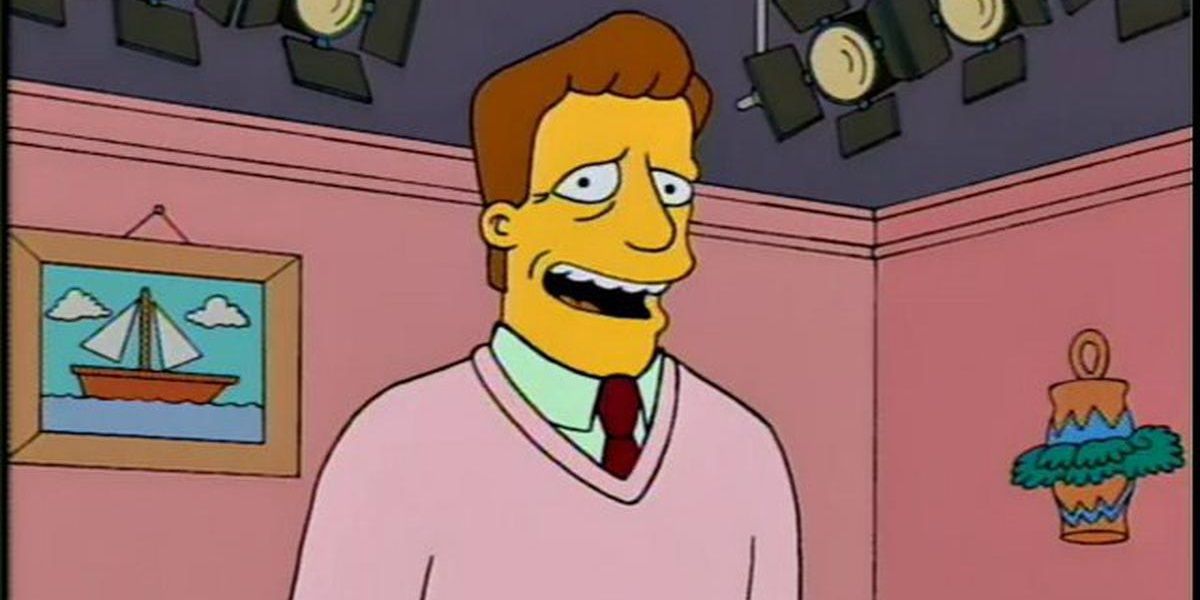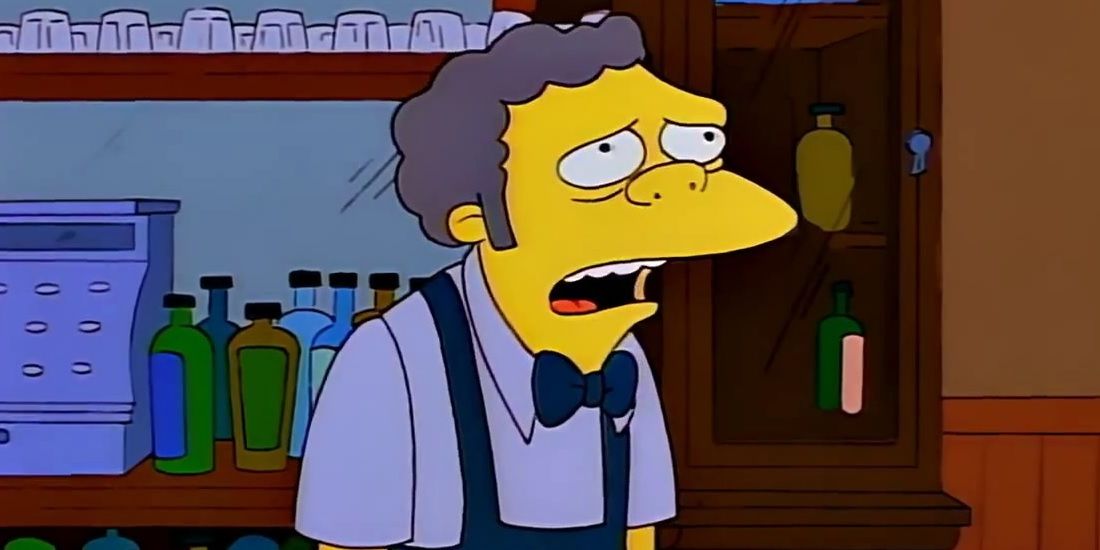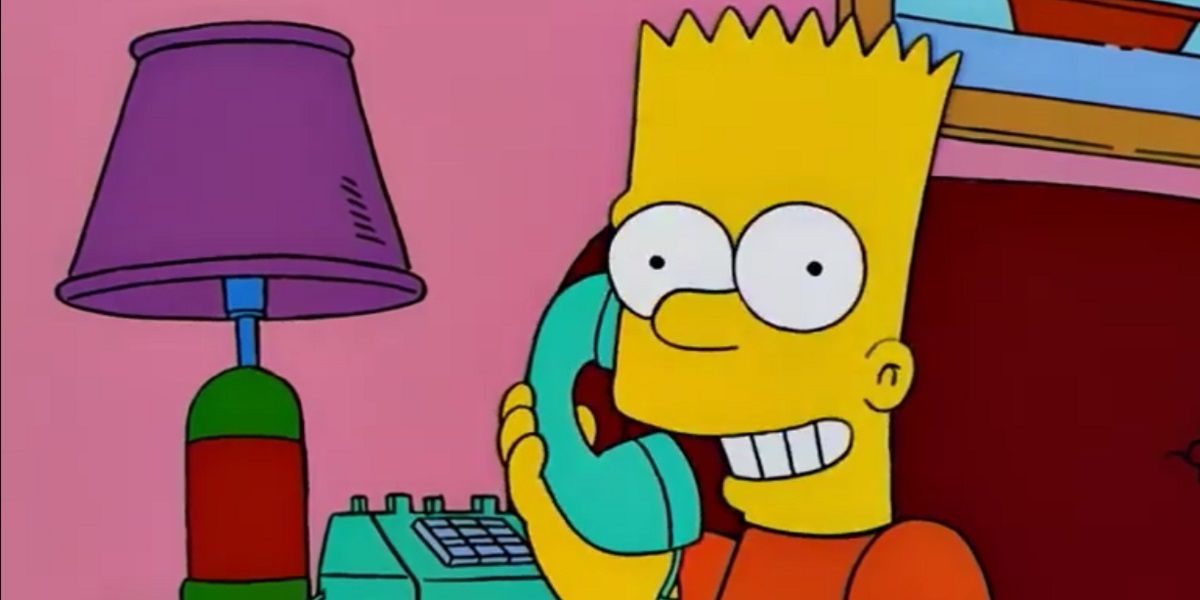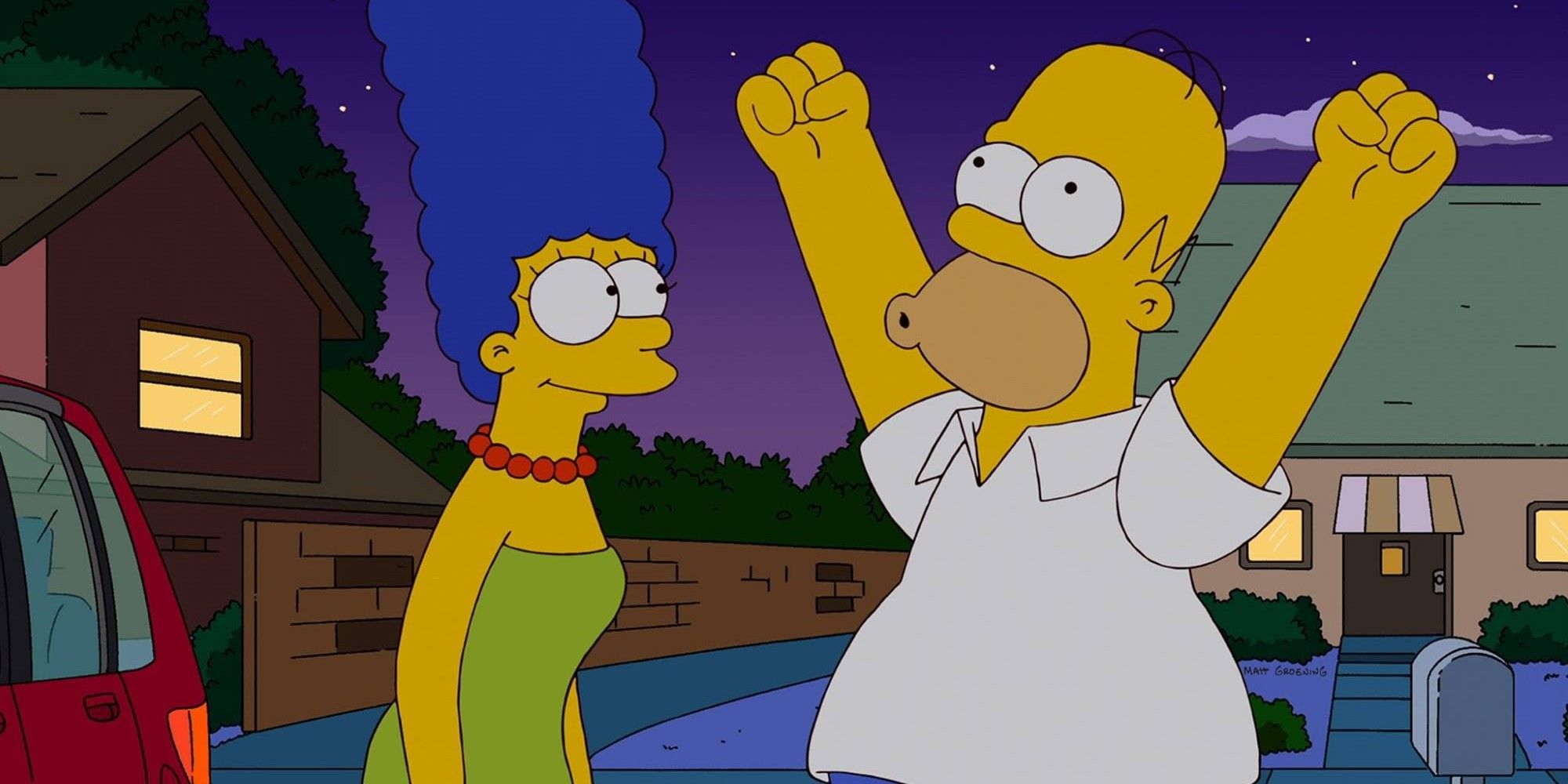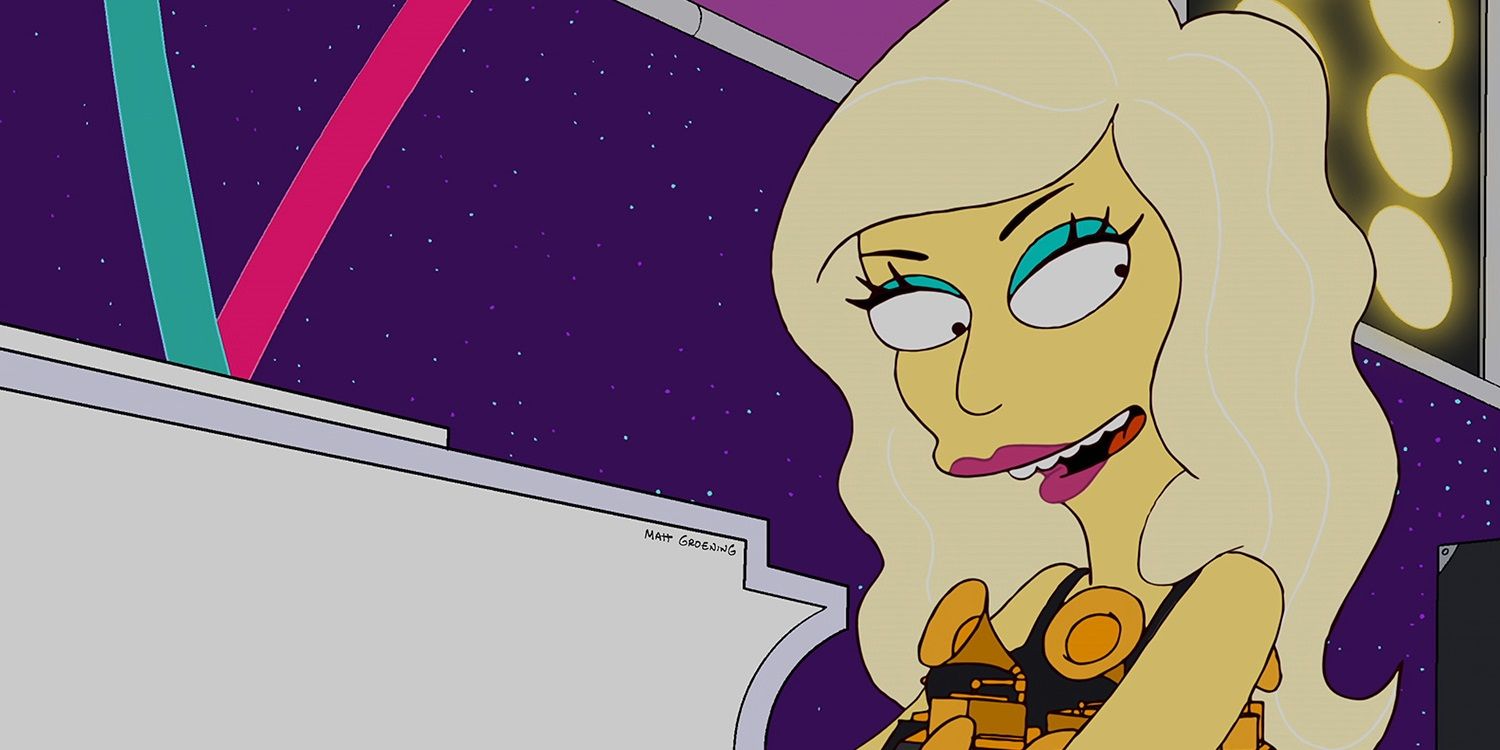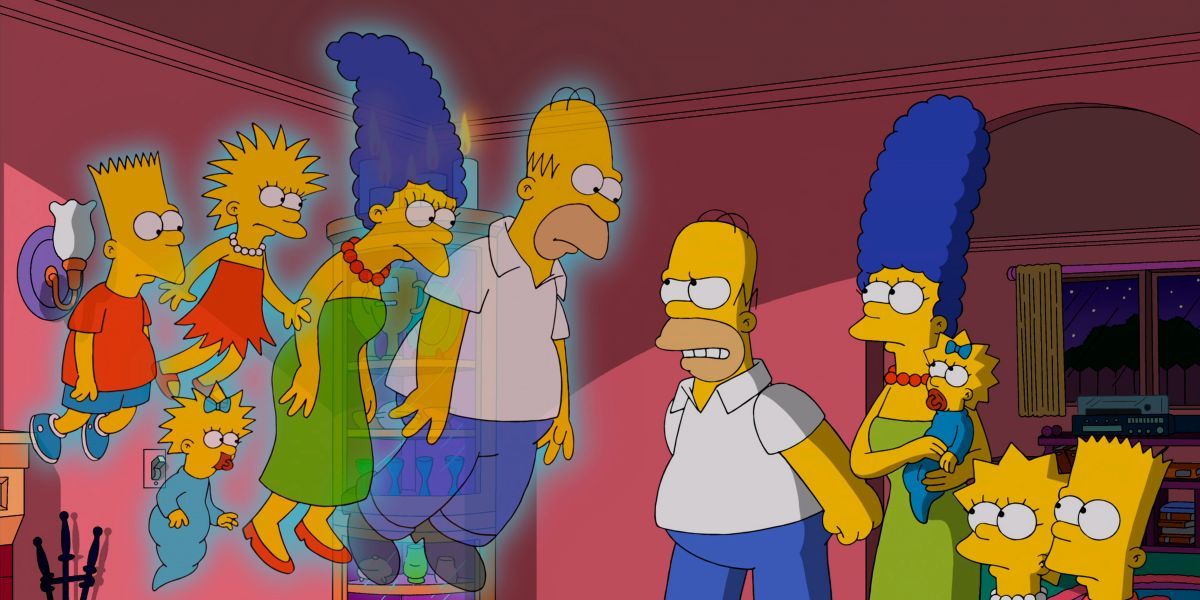Few TV shows have made it as far as The Simpsons. Matt Groening’s animated family sitcom is currently in its 34th season, and with a meta episode about fan theories and a sharp if belated parody of It, season 34 has proven that The Simpsons can still impress every now and again. The Simpsons is one of the most rewatchable shows in TV history – certainly the early “Golden Age” episodes – but revisiting the series isn’t all roses.
From the staggering number of post-Golden Age episodes to Homer’s change of personality, there are a few harsh realities of rewatching The Simpsons.
10 The Show Took A While To Find Its Feet
Like most TV shows, The Simpsons took a couple of years to find its feet. When fans go back and start from season 1, they’re often surprised by how grounded the early episodes are. In the first couple of seasons, it was a relatively realistic family sitcom that happened to be animated.
The writers of The Simpsons didn’t perfect their balance of heartfelt character-driven stories and absurdist cartoon slapstick until the classic season 2 episode “Bart the Daredevil.” This is a great Simpsons episode for beginners to start with.
9 The Early Animation Is Really Rough
The Simpsons has been on the air for so long that it’s lived through a few innovations in animation. After the show has updated its aesthetic with a digital ink and paint animation style and later a glossy high-definition format, the early episodes’ animation looks really rough by comparison.
With the traditional cel animation of the first couple of the seasons, the backgrounds aren’t very detailed and the spikes that make up Bart, Lisa, and Maggie’s hair change from frame to frame.
8 Homer Becomes More Of A Jerk Over Time
The reason that audiences originally became endeared to Homer Simpson is that, in spite of his negligence as a husband and father, it was always clear that he loved his family more than anything. He would do whatever it takes to connect with Lisa or earn Marge’s forgiveness after making a mistake.
But as the series went on, Homer dropped his lovable qualities and just became an out-and-out jerk to everyone. This version of Homer has been termed “Jerkass Homer” and there are plenty of latter-day episodes featuring this irredeemable version of the character.
7 There Are A Lot Of Clip Shows
Clip shows are the laziest way for TV showrunners to fill a half-hour episode. Instead of coming up with any new material, the producers just cobble together the best parts of a bunch of previous episodes.
Even in its heyday, The Simpsons gave audiences a clip show every couple of seasons. One of these clip shows compiles all the series’ best musical numbers without the context that made them funny in their original episodes.
6 Later Seasons Have More Episodes Focused On Ancillary Characters
As the title would suggest, The Simpsons mostly centers around the Simpson family. The majority of early episodes tell stories from the perspectives of Homer, Marge, Bart, Lisa, and occasionally Maggie. But when the show’s episode count got into triple digits, the writers started giving storylines to ancillary characters.
In recent seasons, the show is less focused on the Simpson family and more interested in telling stories about Mr. Burns and Krusty the Clown. There’s even a whole episode about Moe’s bar rag.
5 Bart Loses His Edge
When The Simpsons first started airing, Bart sparked controversy as some media critics deemed Springfield’s resident troublemaker to be a bad role model for children. The writers rectified this issue with episodes that focused on Bart’s earnest efforts to become a better student and win his parents’ approval.
Bart remained a bad boy for the bulk of the series, but over the years, the iconic Springfieldian prankster lost a lot of the edge that made him an instant fan favorite in season 1.
4 The Writers Keep Retconning Homer And Marge’s Relationship History
Flashback episodes like “The Way We Was” and “Lisa’s First Word” filled in the backstory of Homer and Marge’s relationship with some heartwarming fan-favorite storylines. But as the series has gone on and the writers have struggled to come up with new episode ideas, they’ve continually retconned that backstory.
Underwhelming installments like “That ‘90s Show” have erased Homer and Marge’s established history and replaced it with much weaker storylines.
3 The Show Became Increasingly Reliant On Celebrity Guest Stars
There have always been celebrity guest stars in The Simpsons. But the writers used to give roles to their guest stars that fit into an episode’s story arc; these days, the story arc is more likely to revolve around the guest star themselves.
This guest star trend reached rock bottom with the season 23 episode “Lisa Goes Gaga,” in which Lisa is inspired to believe in herself when Lady Gaga comes to town and befriends her.
2 Everyone In Springfield Eventually Got “Flanderized”
“Flanderization” is a term coined by TV Tropes to refer to characters whose defining traits become more and more exaggerated over time. In season 1, Ned Flanders was just the good-hearted neighbor of the Simpsons who happened to be a Christian, but he gradually got recharacterized as a steadfast religious zealot.
Flanders might be the trope’s namesake, but he’s not the only Simpsons character to get Flanderized. Eventually, everyone in Springfield got Flanderized: Moe Szyslak, Ralph Wiggum, Barney Gumble, Edna Krabappel, Superintendent Chalmers.
1 There Are A Lot More Post-Golden Age Episodes Than Golden Age Episodes
Seasons 1 to 10 are generally regarded to be the “Golden Age” of The Simpsons when the show was operating at the height of its satirical powers. Now that the series is in its 34th season, there are more than double the number of post-Golden Age episodes than Golden Age episodes.
In a full-on Simpsons rewatch, fans will watch a lot more episodes that disappoint them (like “The Musk Who Fell to Earth”) than hilarious gems that keep them laughing (like “Mr. Plow”).


